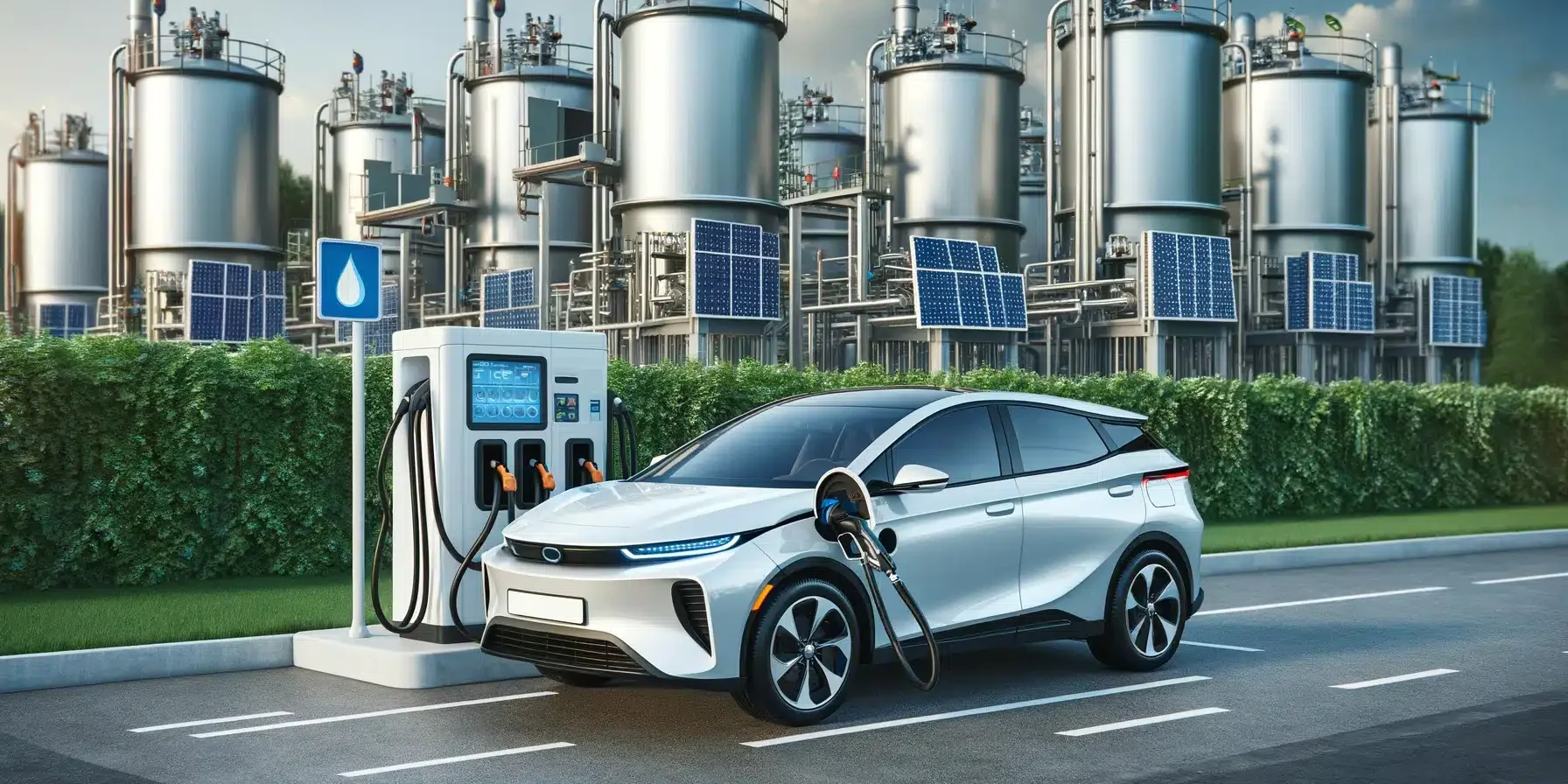Hydrogen fuel cells offer a promising solution for zero-emission vehicles, providing longer range and faster refueling compared to battery-electric vehicles. This article examines the potential of hydrogen fuel cells in the automotive industry, including current developments, challenges, and future prospects.
Hydrogen fuel cells generate electricity through a chemical reaction between hydrogen and oxygen, producing only water and heat as byproducts. This makes them an environmentally friendly alternative to internal combustion engines, which emit greenhouse gases and other pollutants. One of the key advantages of hydrogen fuel cell vehicles (FCVs) is their ability to refuel quickly, similar to gasoline-powered cars. This makes them particularly suitable for applications where long driving range and quick turnaround times are essential, such as in commercial fleets and long-haul transportation.
Several automakers are investing in hydrogen fuel cell technology and have already introduced FCVs to the market. Toyota, for example, launched the Mirai, one of the first mass-produced hydrogen fuel cell vehicles. Hyundai has also developed the Nexo, a hydrogen-powered SUV with an impressive range and advanced safety features. These vehicles showcase the potential of hydrogen fuel cells to provide clean, efficient, and practical transportation solutions.
Despite the promising potential, the adoption of hydrogen fuel cells in the automotive industry faces several challenges. One of the primary challenges is the development of hydrogen refueling infrastructure. Unlike electric charging stations, which can be easily integrated into existing electrical grids, hydrogen refueling stations require specialized infrastructure for the production, storage, and distribution of hydrogen. Building this infrastructure is capital-intensive and requires significant investment from both the public and private sectors.
The production of hydrogen itself presents another challenge. Currently, most hydrogen is produced through natural gas reforming, a process that emits carbon dioxide. To fully realize the environmental benefits of hydrogen fuel cells, it is essential to develop and scale up green hydrogen production methods, such as electrolysis powered by renewable energy sources. This will ensure that the entire hydrogen supply chain is sustainable and contributes to the reduction of greenhouse gas emissions.
Cost is also a significant factor in the adoption of hydrogen fuel cells. The production of fuel cell stacks and the components required for hydrogen storage and distribution are currently more expensive than those for battery-electric vehicles. However, as technology advances and economies of scale are achieved, the cost of hydrogen fuel cell systems is expected to decrease. Continued research and development, as well as government incentives and subsidies, can help accelerate this cost reduction and make hydrogen fuel cells more competitive.
Another consideration is the efficiency of hydrogen fuel cells compared to battery-electric vehicles. While FCVs offer advantages in terms of refueling time and range, the overall energy efficiency of hydrogen fuel cells is lower due to the energy losses during hydrogen production, storage, and conversion to electricity. This means that, for certain applications, battery-electric vehicles may still be a more efficient and cost-effective solution. It is important to evaluate the specific needs and use cases to determine the most suitable technology for different transportation scenarios.
In conclusion, hydrogen fuel cells represent a promising technology for achieving zero-emission transportation, offering unique advantages in terms of range and refueling time. However, several challenges need to be addressed to enable their widespread adoption. By investing in hydrogen infrastructure, advancing green hydrogen production methods, and reducing costs, we can unlock the full potential of hydrogen fuel cells in the automotive industry. As we move towards a more sustainable future, hydrogen fuel cells will play a vital role in diversifying our energy sources and reducing our reliance on fossil fuels.







